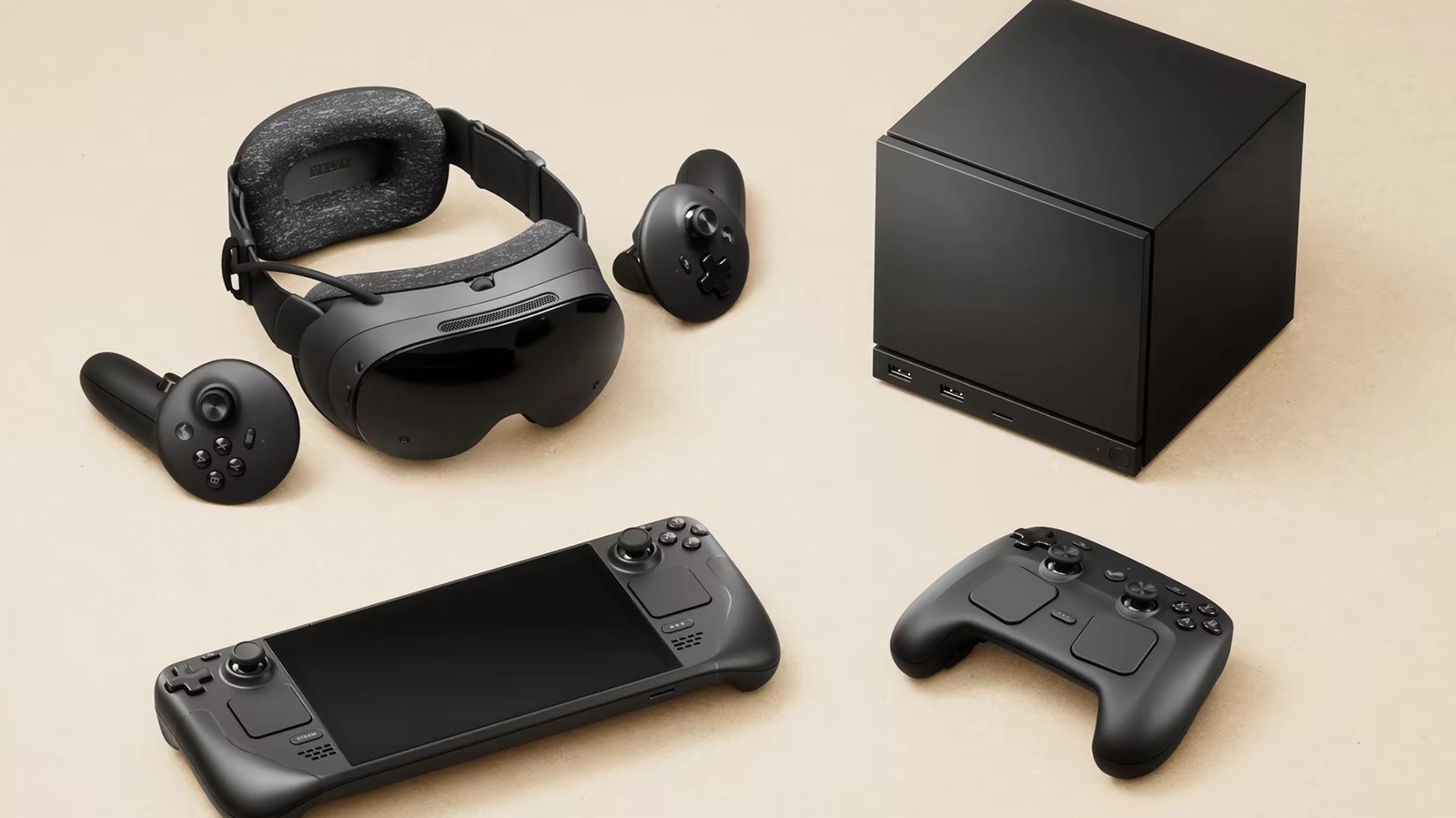The fastest train in the United States has never had the country’s fastest Wi-Fi or anything close to it, but the free 5G-based connectivity onboard Amtrak’s NextGen Acela trains now traveling the Northeast Corridor still represents a substantial advance over Amtrak’s previous efforts, much less what the passenger railroad debuted in 2010.
On a ride from Washington to New York on NextGen Acela’s second day of revenue service in late August, the remarkable thing about the connectivity was how unremarkable it was. After I clicked a green “Accept & Connect” button in my laptop’s browser, my 2022 HP Spectre x360 enjoyed constant bandwidth at speeds of up to 162mph, except for the dead zones of tunnels below Baltimore and the Hudson River.
Ten runs of Ookla’s Speedtest app yielded an average download speed of 50.2Mbps and an average upload speed of 28.9Mbps from that Wi-Fi 6e connection. Those figures easily stand up to the performance of airlines’ in-flight Wi-Fi, especially the uploads.
On a NextGen Acela trip from DC to Baltimore in late September, 10 tests with that speed-benchmarking tool provided even faster averages: 112.3Mbps downloads and 77Mbps uploads.
For my return from Baltimore to the District, I took an older Northeast Regional train–Amtrak’s cheaper, slower Northeast Corridor (NEC) service, which uses 1970s-vintage coaches that won’t be replaced until a few years after Amtrak retires the first-generation Acela.
That experience was a good argument for using a phone’s mobile hotspot mode: Ten Speedtest runs on that Wi-Fi 5 connection, not counting a few tests that errored out, left me with painfully slow averages of 7.5Mbps down and 7.2Mbps up.
But NextGen Acela’s connectivity relies on the same architecture as Amtrak’s older trains: cellular bandwidth from the national wireless carriers, aggregated by receivers on each train.
“All train-to-ground connectivity is provided by one or more of the 5G national wireless carriers,” Amtrak spokeswoman Olivia Irvin said in a statement. The network gear on NextGen Acela includes “multiple routers per train” with a peak throughput of 10Gbps available for the train’s peak capacity of 386 passengers.
I’ve seen the occasional app or site fail to connect over in-flight Wi-Fi, but NextGen Acela’s Wi-Fi handled everything I threw at it on my devices: that HP Windows 11 laptop, an Apple iPad mini 6, a Google Pixel 9 Pro, and an iPhone 13.

Get Our Best Stories!
A Smart, Bold Take on the Wireless World

By clicking Sign Me Up, you confirm you are 16+ and agree to our Terms of Use and Privacy Policy.
Thanks for signing up!
Your subscription has been confirmed. Keep an eye on your inbox!

Yes, you can get actual work done on this train. (Credit: Saul Loeb/AFP via Getty Images)
That selection included the usual social and streaming suspects, which on my first ride included the blatant bandwidth abuse of leaving YouTube and Netflix simultaneously playing in separate windows on my laptop while also streaming Spotify. (I had to listen to Fountains of Wayne’s “Acela,” which tells a story of romance along the NEC’s rails: “Got to get the next Acela, got to get myself back home to you.”)
I also tested less likely apps, such as the Android client for Proton VPN (our pick for the best free VPN), the LocalSend cross-platform file-transfer app on both the Windows laptop and iPhone, and the Windows version of the Wireshark network diagnostic tool.

(Credit: Amtrak)
All of Amtrak’s NEC trains include power outlets, but NextGen Acela positions them between each pair of seats and adds two USB-A ports there. On my first ride, I heard an Amtrak attendant tell another passenger that they planned to upgrade those ports to USB-C; Amtrak confirmed that it’s working with Alstom, the trains’ manufacturer, to accomplish that.
All that represents an enormous advance over the Wi-Fi Amtrak debuted in 2010 on Acela trains, where the railroad blocked streaming sites to conserve bandwidth, which I saw top out at 1Mbps on downloads, with uploads about half as fast.
Recommended by Our Editors
Amtrak’s long-term plans for high-speed bandwidth on its premier high-speed rail line involve transcending the wireless carriers—not by switching to Starlink, like Brightline, a privately run passenger train in Florida—but by having its own trackside network built.
Amtrak began working on this concept more than a decade ago, but NextGen Acela connectivity doesn’t rely on the wayside network that has been built out so far. Last May, Amtrak issued a request for proposals for a fiber-optic backbone along all 450 miles of the NEC to support “onboard passenger Wi-Fi, network connectivity, and other use-cases”—with the possibility of leveraging that architecture “to bring modern, reliable Wi-Fi to trains throughout the country.”
Connectivity that fast would be worth paying for. But if Amtrak sticks to its practice to date, you won’t have to.
Disclosure: Ookla is owned by Ziff Davis, PCMag’s parent company.
Editors’ note: We updated this post with a confirmation from Amtrak about at-seat USB power.
About Our Expert

Experience
Rob Pegoraro writes about interesting problems and possibilities in computers, gadgets, apps, services, telecom, and other things that beep or blink. He’s covered such developments as the evolution of the cell phone from 1G to 5G, the fall and rise of Apple, Google’s growth from obscure Yahoo rival to verb status, and the transformation of social media from CompuServe forums to Facebook’s billions of users. Pegoraro has met most of the founders of the internet and once received a single-word email reply from Steve Jobs.
Read Full Bio









